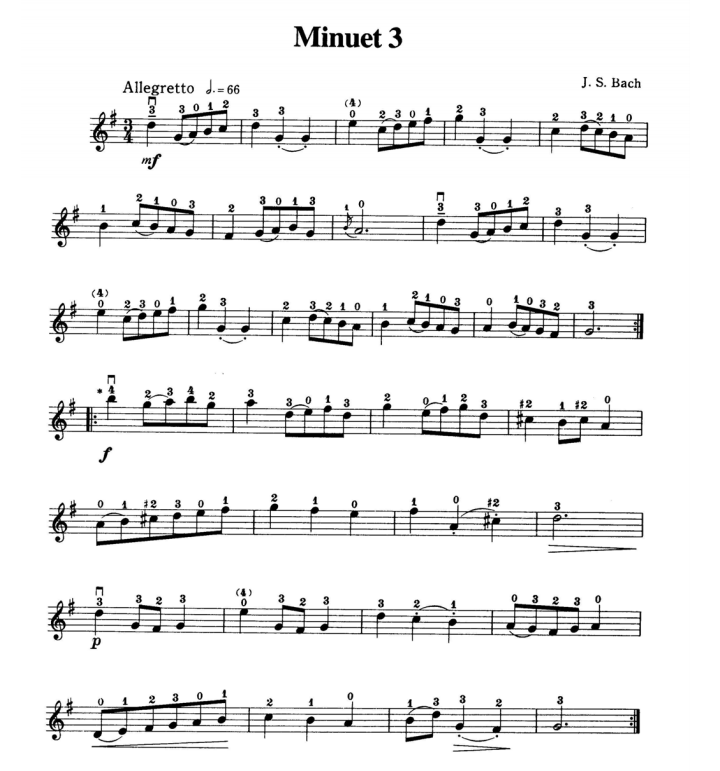


They comment about their tone with disarming frankness. Suzuki’s tone, tone, tone mantra may seem premature when applied to beginners, yet I am always amazed at young children’s astute perceptions about sound quality. See Five Easy Rhythms Bowing and Scraping The arm motion should be smooth, strong and automatic. The musical qualities of the rhythms emerge from the physical skills, which are the result of repeated practice. Practiced correctly, even very young students manage to do it. Starting with the iconic first rhythm, variously named Ta-ka-Ta-ka-Ta-Ka, Busy-Busy-Stop, Stop and so on – the words and syllables reflect détaché and staccato qualities in the rhythm – and learning the others one or two at time at lessons, students should aim to get up to the tempo of the Suzuki Violin recording by the time all the Twinkle variations are completed.ĭon’t be daunted by this speed goal.

This question relates to every skill and sets the pattern for future learning. Just how well should the rhythms be played before it’s time to start on the notes? In principle every art form works this way: physical proficiency is the key prerequisite for developing refined artistic expression. Starting with the rhythms and and achieving a good level of fluency kick-starts rapid progress through the pieces, mainly because mastery of the bow arm is the primary means of producing and controlling tone. Suzuki’s early emphasis on rhythmic development contrasts with methods which start with longer bow strokes with slower and simpler rhythms. The focus on the physical side of violin playing in these crucial first stages creates a robust foundation for building other skills. Concentrating on the open E string, students learn to bow five key musical rhythms before starting on fingered notes.


 0 kommentar(er)
0 kommentar(er)
